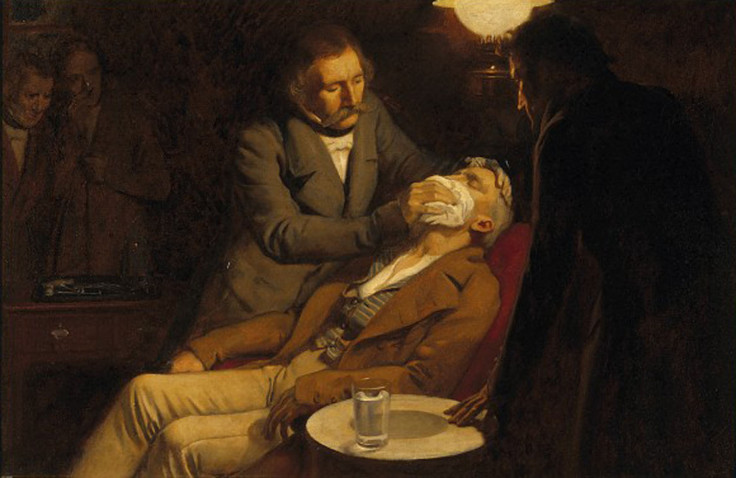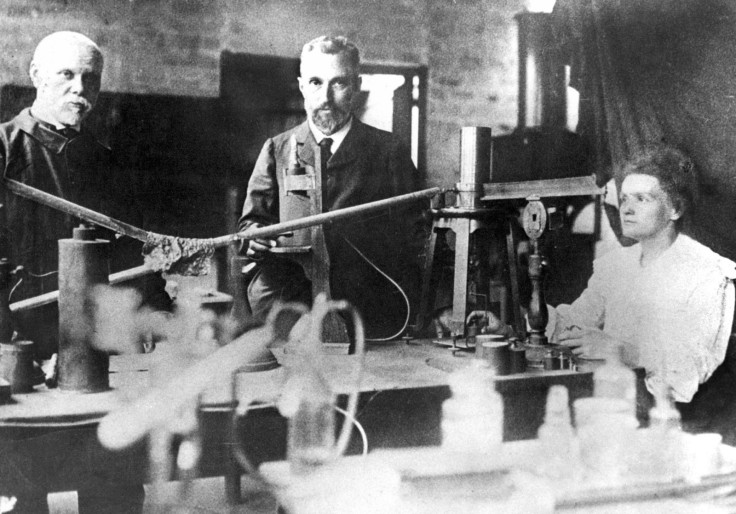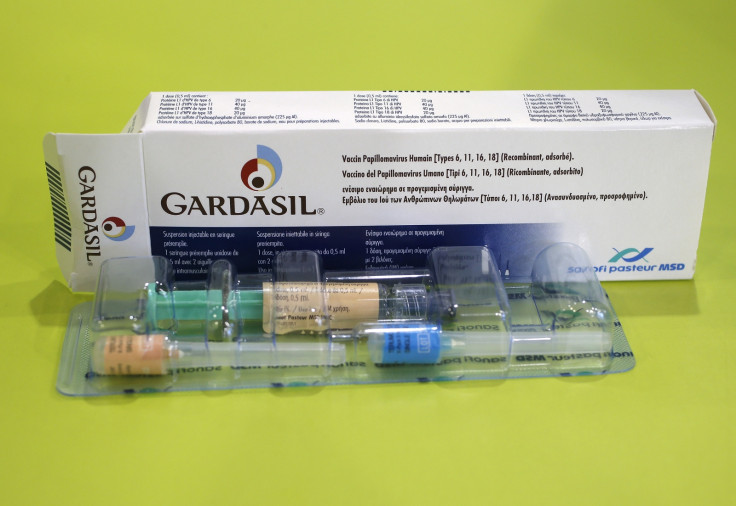World Cancer Day 2015: A history of cancer from ancient evidence to medical breakthroughs

Humans and animals have been susceptible to cancer since complex life evolved. Throughout recorded history, evidence of cancer has been found in fossilised bone tumours, written about in historic manuscripts and discovered in mummified humans in ancient Egypt.
There are around 2.5 million people living with cancer in the UK alone – and the figure is set to rise to four million by 2013. But while cancer diagnoses are on the increase, survival rates are higher than ever.
Since the first evidence of tumours to the introduction of anaesthesia, medical breakthroughs are winning the fight against cancer. On World Cancer Day, IBTimes UK looks at the history of cancer and treatments.
1600 BCE: Earliest history of cancer
The earliest written record of cancer is the Egyptian Edwin Smith Papyrus, dating back to around 1600 BCE. The origin of the word cancer is credited to the Greek physician Hippocrates (460 BCE to 370 BCE), who described several cancers of the breast.
Hippocrates referred to them as "carcinos" from the Greek word "karkinos" meaning crab, after the appearance of the cut surface of a solid malignant tumour with "the veins stretched on all sides as the animal the crab has its feet". The oldest evidence of metastatic - organ-originating - human cancer was discovered just last year in Sudan and dates back to around 1200 BCE.
15<sup>th to 17<sup>th century: Oncology origins
The study of cancer, oncology, dates back to the Renaissance period when scientists developed a greater understanding of the human body. In 1762, Giovanni Morgagni of Padua was the first to carry out autopsies to relate the patient's illness to pathologic findings after death – which laid the foundations to study cancer.
1846: Introduction of anaesthesia
The first demonstration of ether as general anaesthetic was carried out by Massachusetts dentist William Morton, which allowed surgeons to remove a tumour from a patient's jaw. It paved the way for the modern era of surgery to remove tumours.

1880s: Radical mastectomy
William Halsted, a surgeon from Baltimore, Maryland, pioneered a new treatment to remove tumours in the breast called a radical mastectomy.
In this procedure, the entire breast, surrounding lymph nodes and the chest muscles were removed, which prevented fatal recurrences of the cancer. Although the treatment is widely in use today, modern mastectomies are more conservative.
1903: Radiation
The first use of radiation as a treatment took place in 1903, five years after Marie Curie discovered radium in 1898. The first successful use of radiation was used to cure two Russian patients of skin cancer.
1943: Pap tests
The "pap test", also known as a smear test or pap smear, was named after its inventor, the Greek doctor Georgios Papanikolaou. The tests are widely used as a method of cervical screening, to detect pre-cancerous and cancerous processes in women.
Between 1955 and 1992, cervical cancer incidence and death rates in the US declined by more than 60%, but campaigns are ongoing to promote cervical smear teats and increase availability in developing countries.
1947: Leukaemia remission
Sidney Farber, a physician at Children's Hospital Boston, achieved the first partial remission of paediatric leukaemia in a four-year-old girl using the drug Aminopterin in 1947.
Soon afterwards, Farber documented 10 cases of remission in a landmark document, bringing hope for children with the disease. Until this breakthrough, children with acute leukaemia died within weeks of diagnosis.

1949: First chemotherapy drug approved
Nitrogen mustard was approved for use in the treatment of Hodgkin Lymphoma. Mustard gas was used as a chemical warfare agent during World War I and was discovered to be a potent suppressor of hematopoiesis - blood production.
A similar family of compounds known as nitrogen mustards were studied further during World War II at Yale University and it was eventually found that it kills cancer cells by modifying their DNA through a process called alkylation.
1950s – 1960s: Smoking linked to cancer
In the 1950s, studies began to show that smoking was a major cause of cancer – particularly lung cancer. Smoking was also shown to be a cause of pancreatic cancer in later years, which led to second-hand smoke being declared a threat to non-smokers.
Late 1970s: Rise of mammogram
Regular breast screening with mammography became more common to detect tumours and cancers at an earlier, more treatable stage. Between 2009 and 2010, around 16,500 cancers and tumours were detected by screening in the UK.
1986: Hormone therapy
The drug Tamoxifen was approved as a treatment given in addition to the primary, main or initial treatment – called adjuvant therapy – for post-menopausal women following breast cancer surgery. It dramatically reduces the chances of recurrence and increases the chance of survival.

Early 1990s: Laparoscopic surgery
Laparoscopic surgery allows a surgeon to make several small incisions and use telescopic equipment to remove tumours as an alternative to open surgery. This breakthrough improved the recovery time of patients and was less invasive and painful.
Early 1990s: Precise radiation
Advances in technology allowed doctors to improve radiation therapy by creating 3D treatment plans using computers. It allows radiation to target tumours at different angles with beams of varying power, to minimise damage to surrounding tissue. For the first time since record-keeping began in the 1930s, cancer mortality rates began to decline.
2003: Mapping of human genome
Scientists announced they had successfully mapped the 3 billion DNA letters in the human genome, paving the way to identify the genetic defects which help cause cancer and new avenues for treatment.
2006: First vaccine against cervical cancer
The first vaccine against two high-risk strains of the human papillomavirus (HPV16 and HPV18) which cause around 70% of cervical cancers.
2015: Triple-negative breast cancer gene
Scientists identified the gene behind one of the most aggressive forms of breast cancer, called triple-negative breast cancer. The breakthrough could bring life-saving treatments for the deadly disease. Cambridge University researchers found that the BCL11A gene is overactive in eight out of 10 patients.
© Copyright IBTimes 2025. All rights reserved.




















